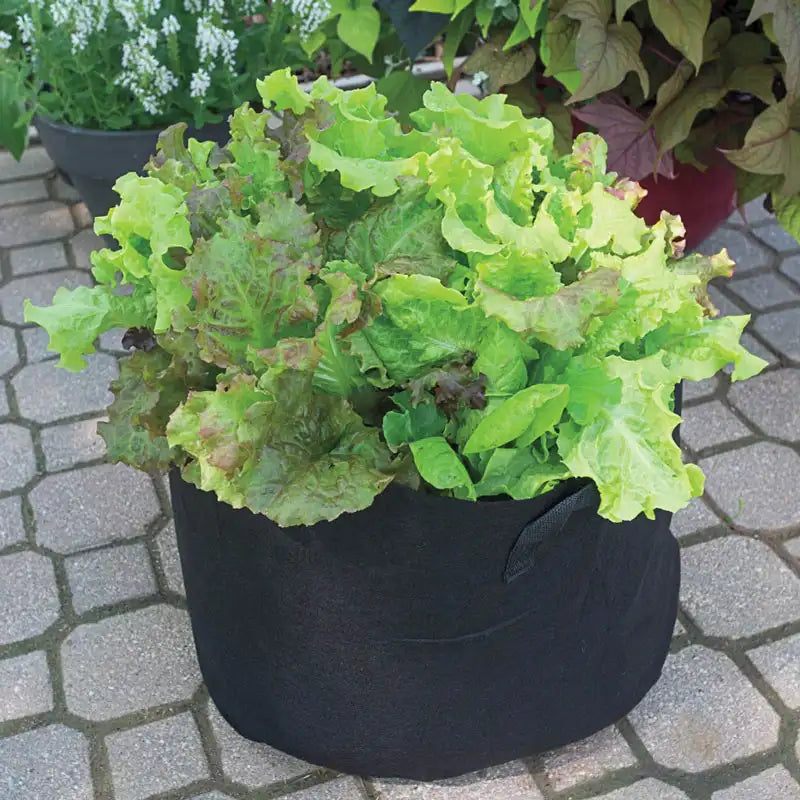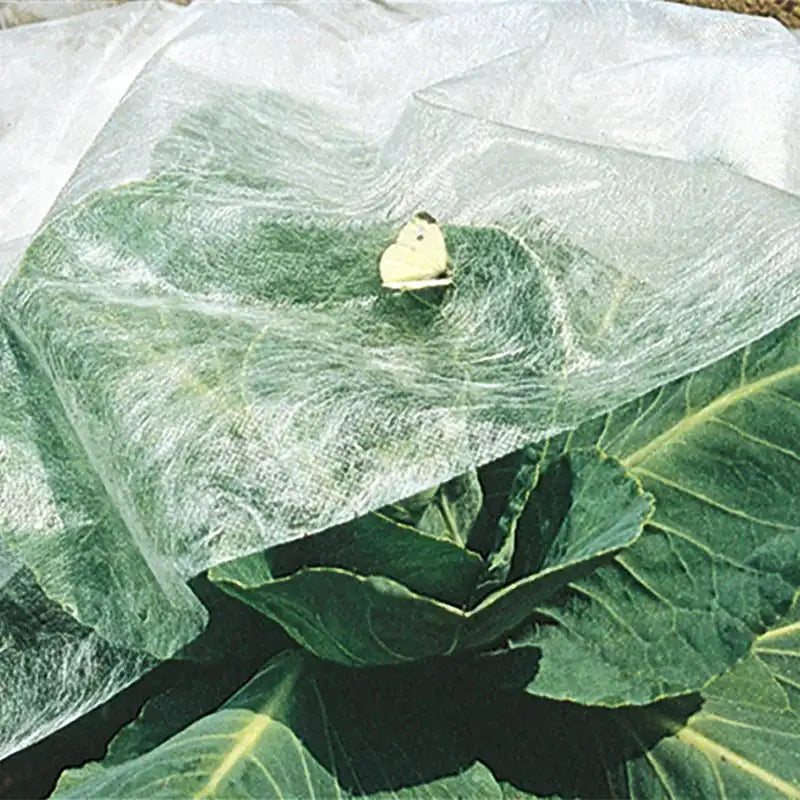Save Your Squash from the Dreaded Vine Borer!
Q. Karen in Dayton writes: "I learned from your radio program about the critters that bore into squash vines--the eggs are laid on the underside of the leaf and then the worms bore into the stem. I don't recall the name of this pest, but I have lost plants to it in the past. I'm checking the leaves on my cucumbers, zucchini, and other summer squash every day--so far I have found no egg masses. How long do I need to keep looking? What is the name of the moth and when does it lay the eggs?"
A. The name of this notorious pest is the dreaded squash vine borer; and thank you for asking Karen, as your timing is exquisite. These pests are just beginning to do their damage down South and won't affect states like Pennsylvania or Ohio until next month. Hopefully. More on their timing and how it could be affected by recent weather patterns later.
First, I need to correct a mis-remembrance--and don't feel bad; more people remember things I've said about gardening incorrectly than not (or maybe I said it wrong that day!): anyway, the eggs are laid on the plants' stems--not their leaves.
The mama moth flies by day and looks like a weird wasp; with translucent wings and an orange and black striped body. In the upper half of the country, there's only one generation a year, which--thankfully--means a fairly small window of time that your plants will be at risk. As you move further South however, there can be several generations a season. Either way, the risk is always greater if you had the problem last season; if that's the case, contact your local county extension office for information on the precise local timing of egg laying.
In the North, it goes like this: The adult wasp overwinters in the soil in a larval state (technically a pupa) and emerges mid-to-late June; that's in a normal season. However, in Pennsylvania the season this year of 2019 has been anything BUT normal. Baby birds that would typically hatch in late June were all grown up and out of the nest by the 1st; and I started picking my 'June peas' mid-May. I expect insects to be ahead of schedule as well--perhaps way ahead.
At any rate, the female moth mates, and according to the Pennsylvania State Extension System, typically lays her eggs in July and August--but again, our warm end-of-winter/early- Spring could move that up to June. I have seen the moth flying around my garden, but I don't have any squash out yet so I don't know if they're laying or not. Anyway, when they do lay, they deposit their eggs on squash family plants that have hollow stems, like zucchini and pumpkins, right at the soil line. They don't lay their eggs on squash with solid stems; but they will sometimes lay their eggs on the stems of cucumber plants.
In a week to ten days, the eggs hatch, teeny-tiny caterpillars emerge, immediately eat their way inside the vine, and once inside, feed unseen. Soon the plant starts wilting, and by then, it may be too late. If your squash plants look like they need water but your other plants don't, get down and look for a hole at the base of the stem with lots of caterpillar poop around.
Carefully slit the vine open with a single-edged razor blade until you reach the nasty little caterpillar inside, remove it and then...well, what happens in the next few moments is between you and your God. After that deed is done, gently heap soil and/or compost over the wound. If you catch it early enough--especially before the wilting begins, the plant can recover.
Otherwise the caterpillar lives inside the stem until it matures, then drops down to the soil below, digs in and overwinters down there in the pupal stage. One attempt at prevention would be to cultivate the soil where your squash grew at the end of the season and/or get the wilted plant out of there before the caterpillar can escape.
Prevention at planting time involves creating a physical barrier where the stem meets the soil. Some gardeners use aluminum foil, others use medical gauze or a cut-up piece of row cover. Either way, the protection should be wide enough so that a good two inches of it is below the soil line with the rest going up to the lowest leaf above ground. To be effective, this should be done at planting time, not after the fact. And don't plant squash in the same bed if you lost plants to this pest the previous year.
Otherwise, you have two options.
One is to spray the area around the base of the stem weekly with the original form of Bt, sold commercially under brand names that include Dipel, Thuracide and Green Step. Approved for use in organic agriculture, Bt only affects caterpillars that eat the sprayed parts of the plant. (It doesn't affect birds, bees, dogs, cats, you, your children, frogs, toads, armadillos or butterflies--just CATERPILLARS that eat the sprayed parts of plants.)
The other option is to get a pressurized sprayer and hose down the base of your squash stems in the morning every couple of days--you'll blast the eggs off.
And finally, if this is a recurring problem, grow your squash in tall containers or containers up on a table so its easy to keep an eye on the part where the stem meets the soil.
A. The name of this notorious pest is the dreaded squash vine borer; and thank you for asking Karen, as your timing is exquisite. These pests are just beginning to do their damage down South and won't affect states like Pennsylvania or Ohio until next month. Hopefully. More on their timing and how it could be affected by recent weather patterns later.
First, I need to correct a mis-remembrance--and don't feel bad; more people remember things I've said about gardening incorrectly than not (or maybe I said it wrong that day!): anyway, the eggs are laid on the plants' stems--not their leaves.
The mama moth flies by day and looks like a weird wasp; with translucent wings and an orange and black striped body. In the upper half of the country, there's only one generation a year, which--thankfully--means a fairly small window of time that your plants will be at risk. As you move further South however, there can be several generations a season. Either way, the risk is always greater if you had the problem last season; if that's the case, contact your local county extension office for information on the precise local timing of egg laying.
In the North, it goes like this: The adult wasp overwinters in the soil in a larval state (technically a pupa) and emerges mid-to-late June; that's in a normal season. However, in Pennsylvania the season this year of 2019 has been anything BUT normal. Baby birds that would typically hatch in late June were all grown up and out of the nest by the 1st; and I started picking my 'June peas' mid-May. I expect insects to be ahead of schedule as well--perhaps way ahead.
At any rate, the female moth mates, and according to the Pennsylvania State Extension System, typically lays her eggs in July and August--but again, our warm end-of-winter/early- Spring could move that up to June. I have seen the moth flying around my garden, but I don't have any squash out yet so I don't know if they're laying or not. Anyway, when they do lay, they deposit their eggs on squash family plants that have hollow stems, like zucchini and pumpkins, right at the soil line. They don't lay their eggs on squash with solid stems; but they will sometimes lay their eggs on the stems of cucumber plants.
In a week to ten days, the eggs hatch, teeny-tiny caterpillars emerge, immediately eat their way inside the vine, and once inside, feed unseen. Soon the plant starts wilting, and by then, it may be too late. If your squash plants look like they need water but your other plants don't, get down and look for a hole at the base of the stem with lots of caterpillar poop around.
Carefully slit the vine open with a single-edged razor blade until you reach the nasty little caterpillar inside, remove it and then...well, what happens in the next few moments is between you and your God. After that deed is done, gently heap soil and/or compost over the wound. If you catch it early enough--especially before the wilting begins, the plant can recover.
Otherwise the caterpillar lives inside the stem until it matures, then drops down to the soil below, digs in and overwinters down there in the pupal stage. One attempt at prevention would be to cultivate the soil where your squash grew at the end of the season and/or get the wilted plant out of there before the caterpillar can escape.
Prevention at planting time involves creating a physical barrier where the stem meets the soil. Some gardeners use aluminum foil, others use medical gauze or a cut-up piece of row cover. Either way, the protection should be wide enough so that a good two inches of it is below the soil line with the rest going up to the lowest leaf above ground. To be effective, this should be done at planting time, not after the fact. And don't plant squash in the same bed if you lost plants to this pest the previous year.
Otherwise, you have two options.
One is to spray the area around the base of the stem weekly with the original form of Bt, sold commercially under brand names that include Dipel, Thuracide and Green Step. Approved for use in organic agriculture, Bt only affects caterpillars that eat the sprayed parts of the plant. (It doesn't affect birds, bees, dogs, cats, you, your children, frogs, toads, armadillos or butterflies--just CATERPILLARS that eat the sprayed parts of plants.)
The other option is to get a pressurized sprayer and hose down the base of your squash stems in the morning every couple of days--you'll blast the eggs off.
And finally, if this is a recurring problem, grow your squash in tall containers or containers up on a table so its easy to keep an eye on the part where the stem meets the soil.



